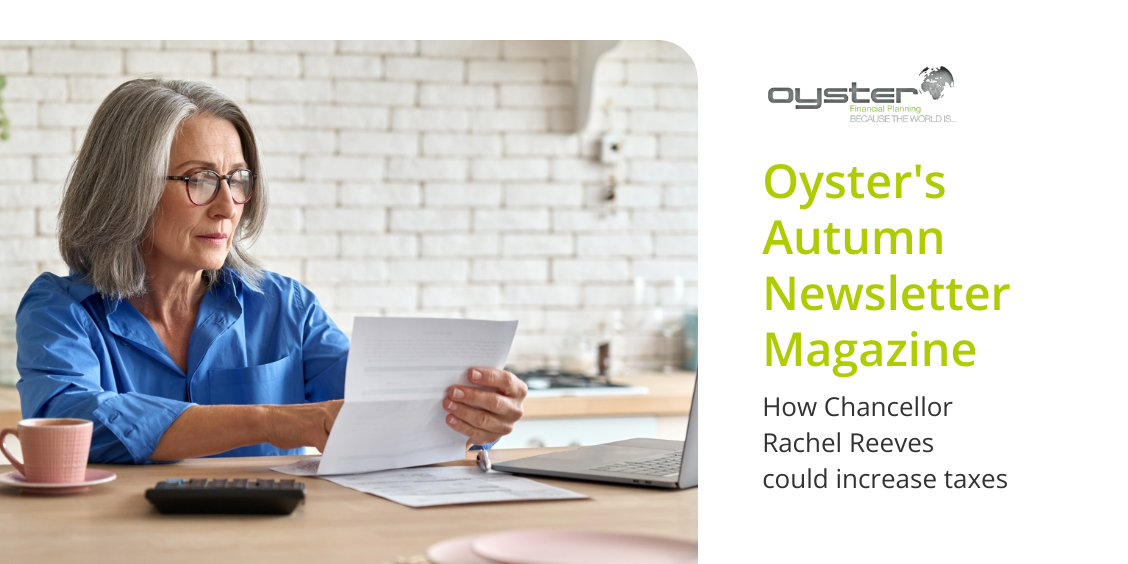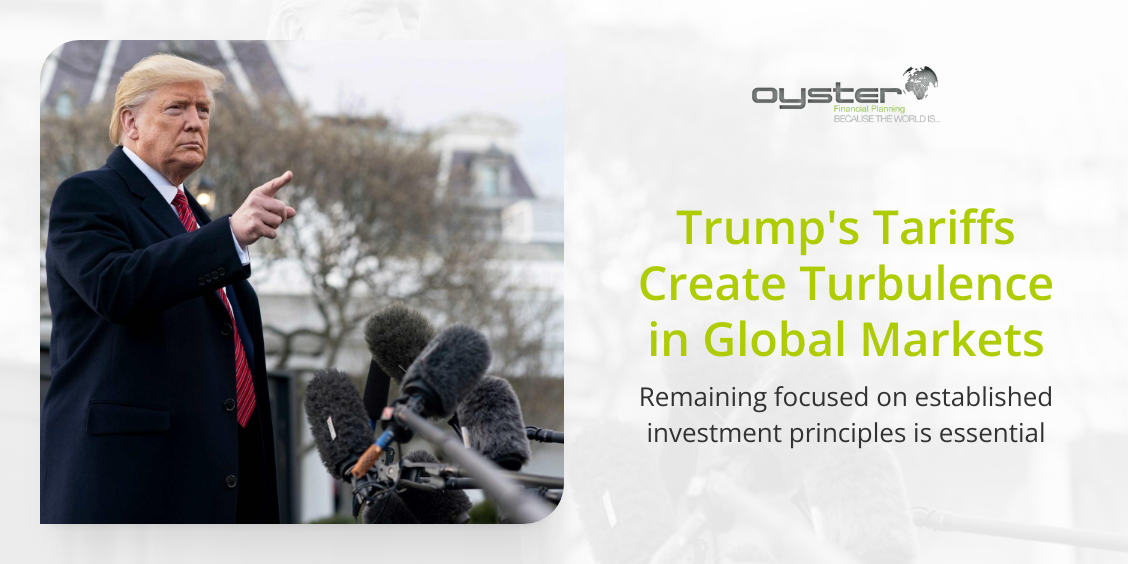The tax year end is coming and even with the impending introduction of IHT on death benefits, pensions remain the best place to save for retirement and wealth transfer.
With tax relief available at a client's highest marginal rate, it remains as important as ever to maximise contributions. Therefore, we have compiled a checklist of discussion points that may prompt you to take advantage before the tax year end.
Annual allowance
The annual allowance for the current year has been maintained at £60,000, an increase of £20,000 from 2022/23. The extra scope to pay more into pensions could reduce the higher tax bills faced by some clients whose earnings have crossed the higher rate or additional rate thresholds.
A pension contribution will extend both the basic rate and higher rate bands by the gross amount paid.
Carry forward of annual allowance
Maximising this year's annual allowance, plus unused allowance carried forward from the last three years, allows a maximum contribution of £200,000 for those that have had a break from pension funding. Clients must have enough 'relevant UK earnings' in the current year to get full tax relief on individual contribution.
No LTA charges
The lifetime allowance (LTA) charge was 'officially' scrapped this year, so those who had previously put the brakes on funding to stay within LTA may wish to recommence pension savings.
Even if a client's existing benefits exceed the 'lump sum allowance', meaning they are not entitled to any further tax-free cash, pensions can still be a great place to save. Although most pensions will form part of the estate from April 2027, savers will still enjoy investment returns free of income tax and CGT. Given the recent CGT allowance squeeze and the October 2024 increases in CGT rates, obtaining unfettered growth is likely to be key for investors.
Bonus sacrifice
The tax year end often coincides with a business's year end and, for some employees, this could mean a bonus payment. 'Exchanging' a bonus for an employer pension contribution before the tax year end can bring several benefits.
The employer and employee NI savings made could be used to boost pension funding, giving more in the pension pot for every £1 lost from take-home pay.
Summary
Pensions remain the most tax efficient way to save for retirement for most people. The availability of tax-free cash, coupled with tax efficient returns from the available tax relief during working life, outweighs the income tax paid in retirement.
Effective tax planning is a year-round job. But it's only at the end of the tax year that you have all the information needed to use the allowances and reliefs in a tax efficient way. This can be a boost to savings but remember that, in most cases, allowances not used before the end of the tax year will be lost altogether.
If you would like to discuss your pension and retirement planning in more detail especially with the tax year end at mind please consider Oyster Financial Planning to help you.
Based in Hythe Village and here to serve our community get in touch by calling 02380 848410 or email michael@oysterfinancialplanning.co.uk or just pop into the office.





![Welcome to our latest issue. Inside, we explore a new study that reveals a startling insight. As many as one in six (15%) individuals with a partner are unclear about who will receive their pension savings if they pass away before accessing them[1]. Even](https://cloudfront.sketchanet.com/u/535295/images/3840/1751623729summer.png)



































































